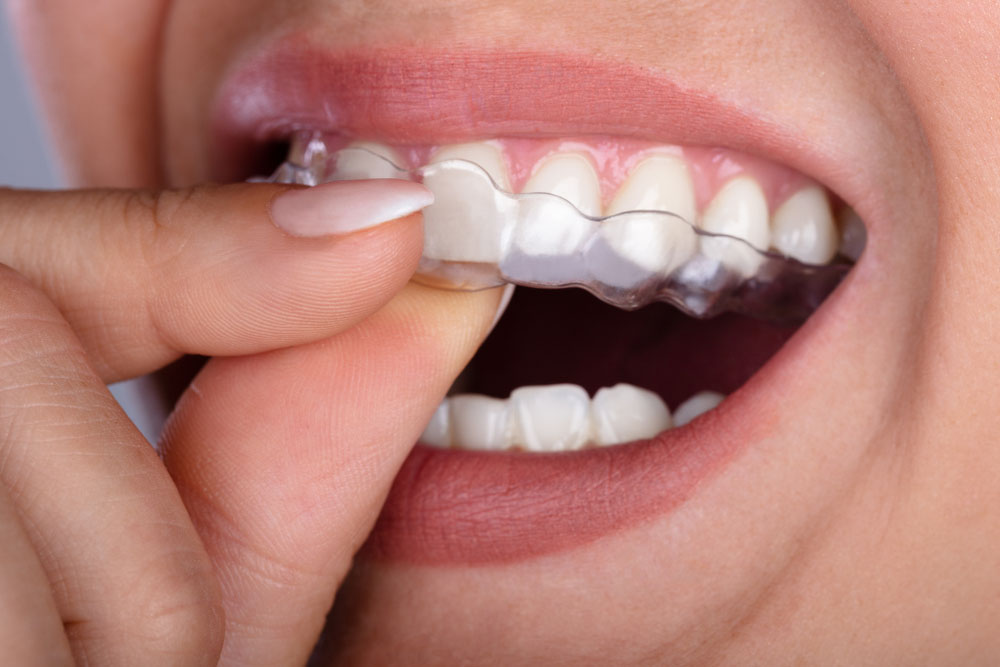Braces have revolutionized the field of orthodontics, offering solutions for various dental misalignments. Parents and individuals often wonder, what is the best age for teeth braces? This question is central to ensuring effective treatment and optimal oral health outcomes. In this article, we'll explore braces by developmental stages, including the right time to consider them, the benefits of early intervention, and post-treatment care.

Introduction to Braces
Braces are orthodontic devices designed to correct misaligned teeth and jaws. They are often associated with teenagers, but braces can benefit individuals of all ages. However, understanding the role of age and developmental stages is crucial for effective treatment. This raises the ever-important question: what is the best age for teeth braces? Let's dive into the developmental stages to find the answer.
Early Childhood (Ages 6-10)
Monitoring Development
During early childhood, permanent teeth start replacing baby teeth, typically between the ages of 6 and 10. This stage is ideal for monitoring dental development. Regular visits to an orthodontist help identify potential issues like crowding, overbites, or underbites.
Early Interventions
While braces are not typically applied at this stage, some children may benefit from interceptive orthodontics. These early treatments, such as expanders or partial braces, can address severe misalignments or jaw growth problems, making future treatments simpler and faster.
Pre-Teens (Ages 10-13)
Ideal Age for Braces
The pre-teen years are often considered the best age for teeth braces. During this stage, most permanent teeth have erupted, making it easier to address alignment issues effectively. The jaw and teeth are still growing, which allows orthodontists to guide development for optimal results.
Types of Braces
At this age, various types of braces are available, including:
-
Metal Braces: Traditional and highly effective.
-
Ceramic Braces: Less noticeable, ideal for self-conscious pre-teens.
-
Clear Aligners: A modern alternative that offers flexibility and aesthetics.
Teenagers (Ages 14-18)
Continued Growth and Refinement
Teenagers represent the largest demographic for braces. By this stage, all permanent teeth have erupted, and any remaining alignment issues can be effectively corrected. This period is still within the growth window, which allows for efficient treatment.
Social Considerations
Appearance is often a concern for teenagers. Options like ceramic braces or clear aligners can address these concerns while providing effective treatment.
Adults (19 and Older)
Is It Too Late for Braces?
Adults often ask, what is the best age for teeth braces? The truth is, it's never too late. While treatment may take longer due to a lack of jaw growth, braces can still correct alignment issues effectively.
Advanced Options for Adults
For adults, clear aligners are a popular choice due to their discretion. Lingual braces, which are attached behind the teeth, are another option for those seeking subtle treatment methods.
Benefits of Braces
Improved Oral Health
Braces do more than enhance aesthetics; they contribute significantly to oral health by correcting issues like overcrowding, which can lead to cavities and gum disease.
Enhanced Confidence
A straight smile boosts self-esteem, a benefit that's often life-changing for children and adults alike.
Long-Term Cost Savings
Early intervention and properly aligned teeth reduce the risk of costly dental procedures in the future.
The Process of Getting Braces
Initial Consultation
An orthodontist will assess your dental health, take X-rays, and create a treatment plan tailored to your needs.
Fitting the Braces
The orthodontist will clean your teeth and attach the braces or aligners. This process is usually quick and painless.
Adjustments and Maintenance
Regular visits to the orthodontist are required to adjust the braces and monitor progress.
Post-Treatment Care
Retainers
After braces are removed, retainers are essential to maintain the new alignment of your teeth. Without them, teeth may shift back to their original positions.
Regular Dental Checkups
Continued visits to your dentist ensure that your teeth remain healthy and aligned.
Good Oral Hygiene
Brushing, flossing, and using a water flosser can help maintain your newly straightened smile.
Addressing Common Concerns
Does It Hurt?
The process may cause mild discomfort, especially after adjustments, but this is temporary and manageable.
How Long Does Treatment Take?
Treatment duration varies by individual but typically lasts 18 to 24 months for most people.
Is It Expensive?
Costs depend on the type of braces and the duration of treatment. Many orthodontists offer payment plans to make treatment more accessible.
Conclusion
The question what is the best age for teeth braces? depends largely on individual dental needs. Pre-teens and teenagers often represent the ideal time due to ongoing growth, but early intervention and adult treatments also have their benefits. Consulting with an orthodontist is the best way to determine the right time and type of braces for you or your child. Embracing the journey to a healthier, more confident smile is a decision that pays off for a lifetime.





